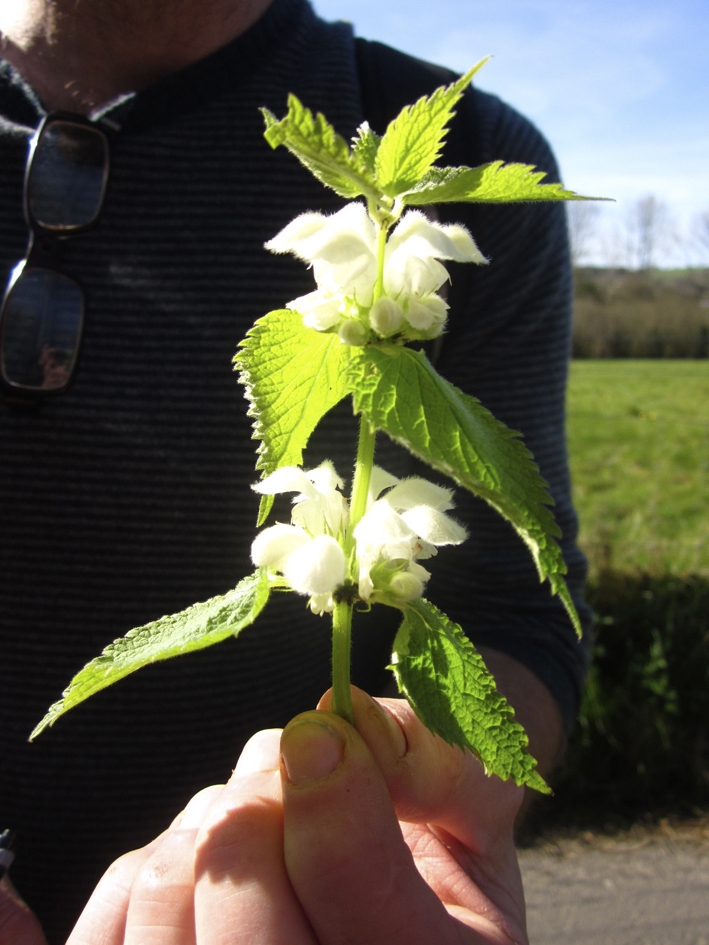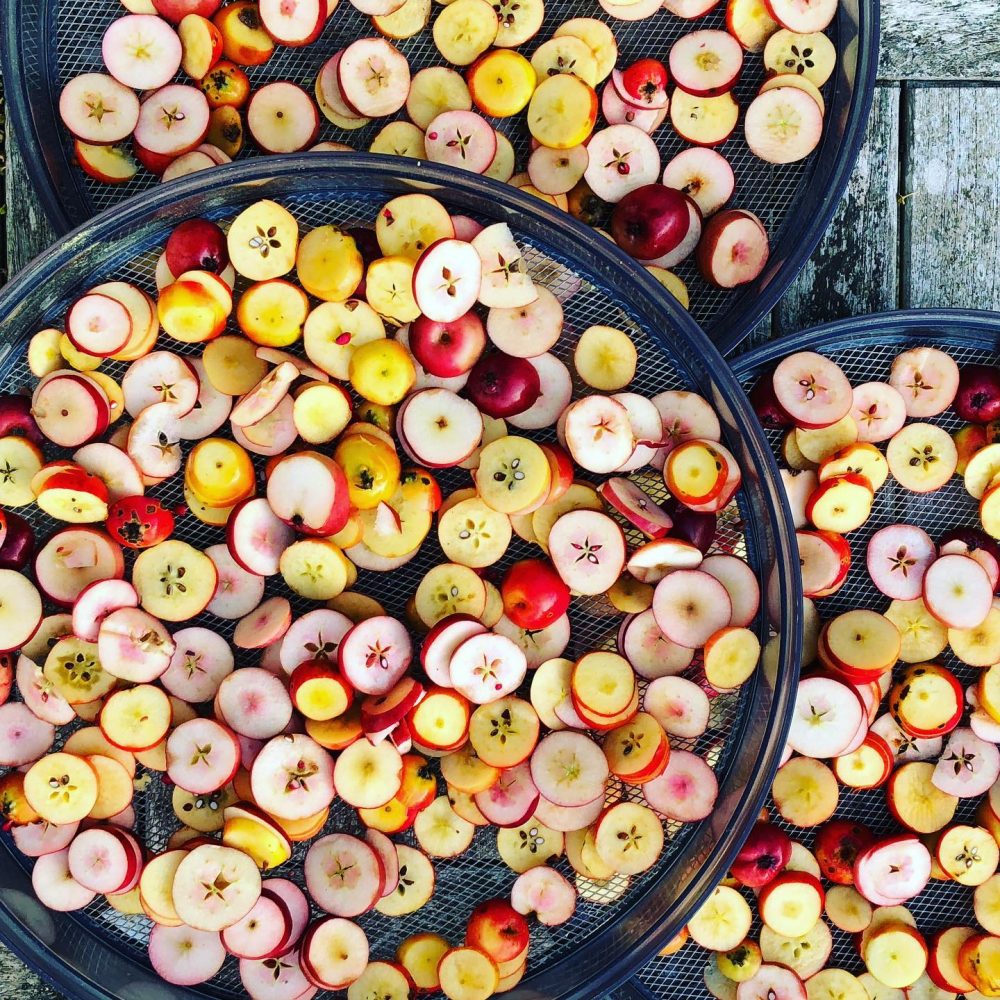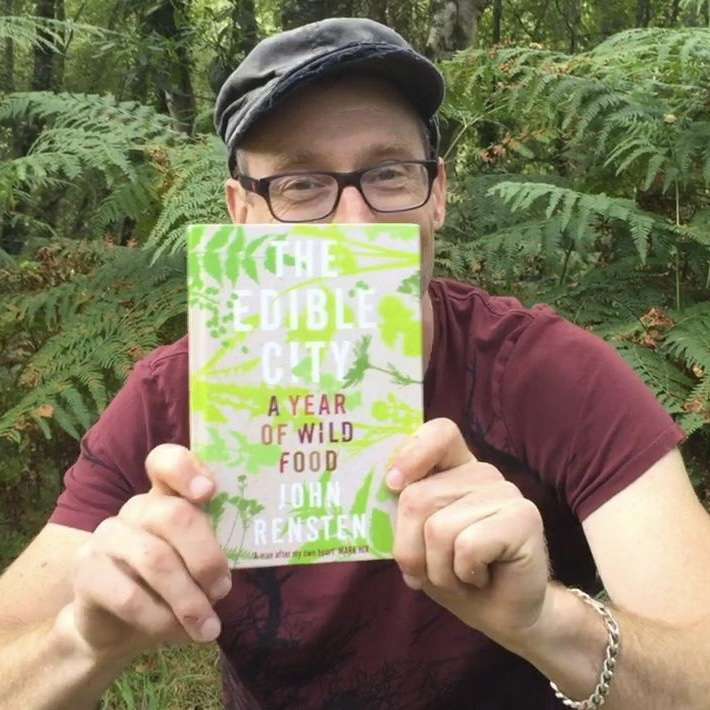
Sixty years ago our food was between 45-125% more nutritionally rich. Fresh vegetables contained 110% more magnesium and calcium and 120% more iron in the 1930s than they do now. Monoculture and mass production favour food that is bred to look good, not bruise, pack conveniently, travel well and last longer, with little emphasis put on growing nutritionally rich food.
Eighty years ago 1 apple contained a third of the recommended daily intake of iron. Today you’d need to eat 26 average supermarket bought apples to get the same amount (Lindloar 1997). In 1900 wheat was 90% protein (yes 90 % !). Now it is on average 9%, so you need ten slices of bread to get the same nutrients you’d have got from one (Pince Watson DSS 1997).
In the 1940s spinach contained about 15mg of iron per 100g. By the 1970s it was down to just over 2mg.
AND NOW THE GOOD NEWS.
Nettles (our common stinging nettle) are 30% protein, rich in vitamin A and potassium, silica (which encourages hair growth) and are full of natural anti oxidants (called flavonoids). Lastly, they taste great. To get the same amount of protein from just one portion of nettles you would need to eat an entire sink full of kale. In addition, vitamins and minerals consumed as “food state” (not in refined or tablet form) are assimilated and absorbed into the body far more efficiently than the manufactured versions so eating wild food is an excellent source of these. Another wild “super food”, Hazel nuts, grow all over the country and weight for weight they contain 50% more protein and five times the carbohydrates of hens eggs. I could go on, in fact if you come on one of my walks I probably will.


Great info.. looking forward to more
thanks Wes